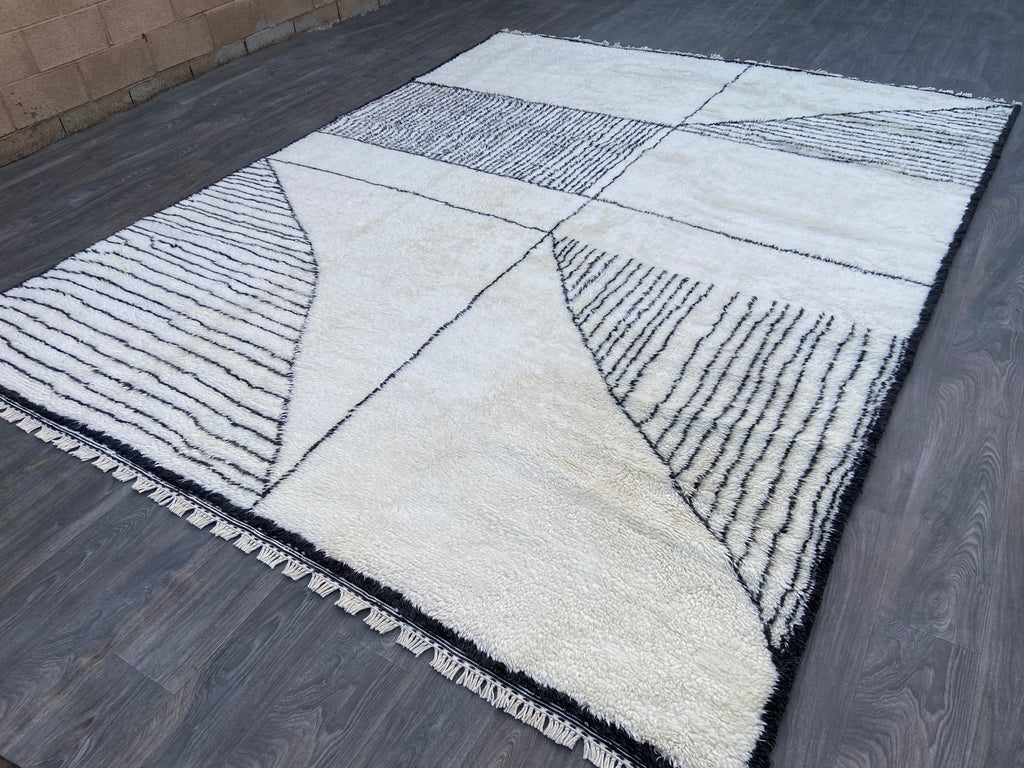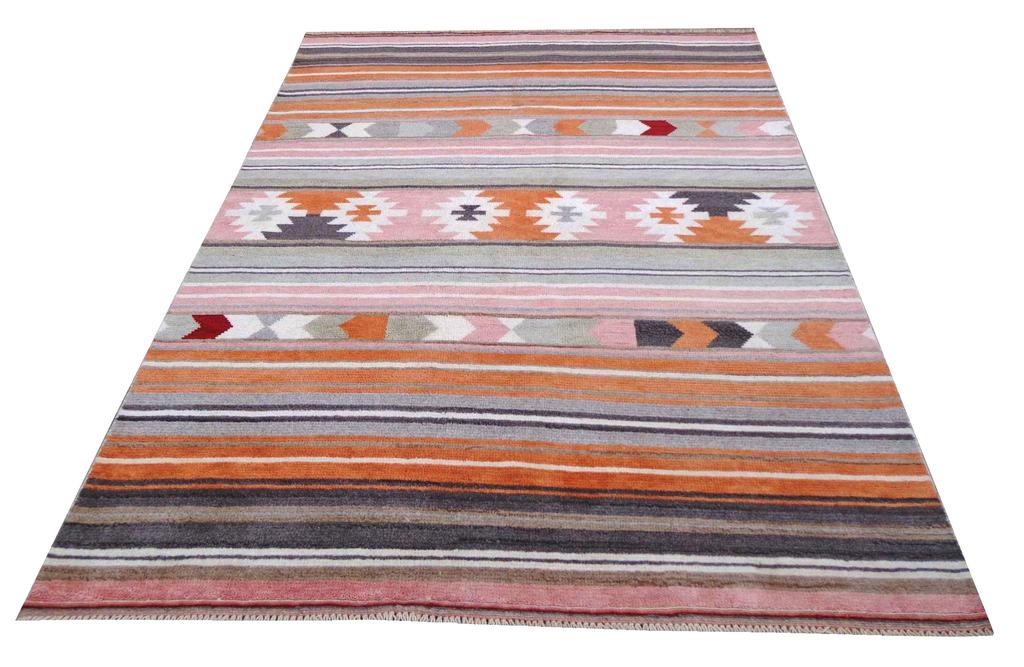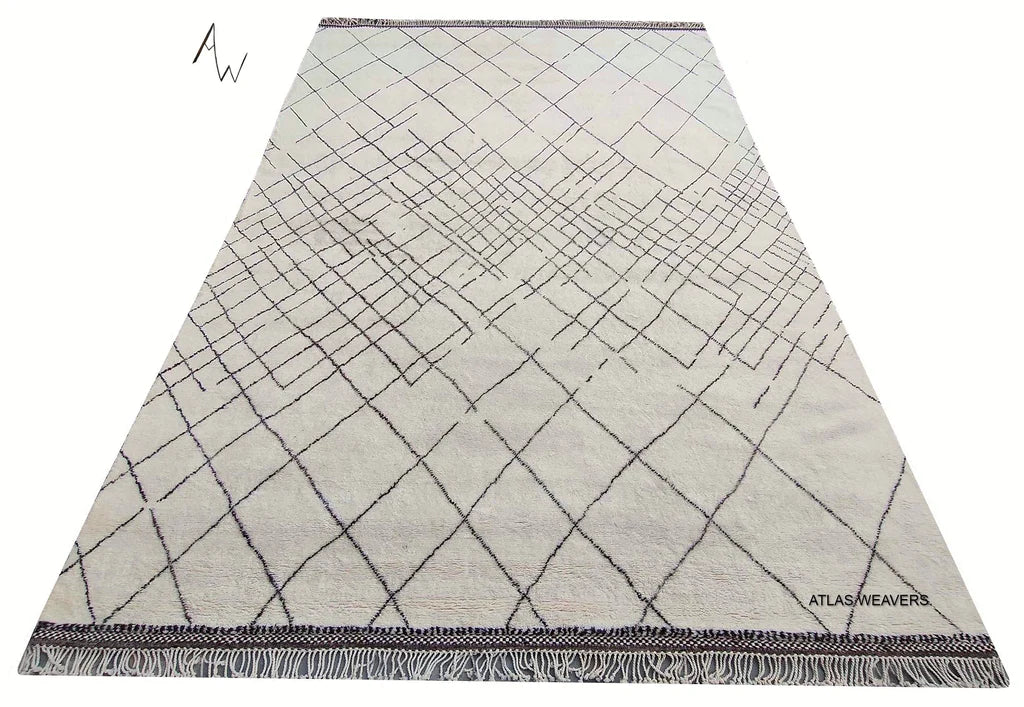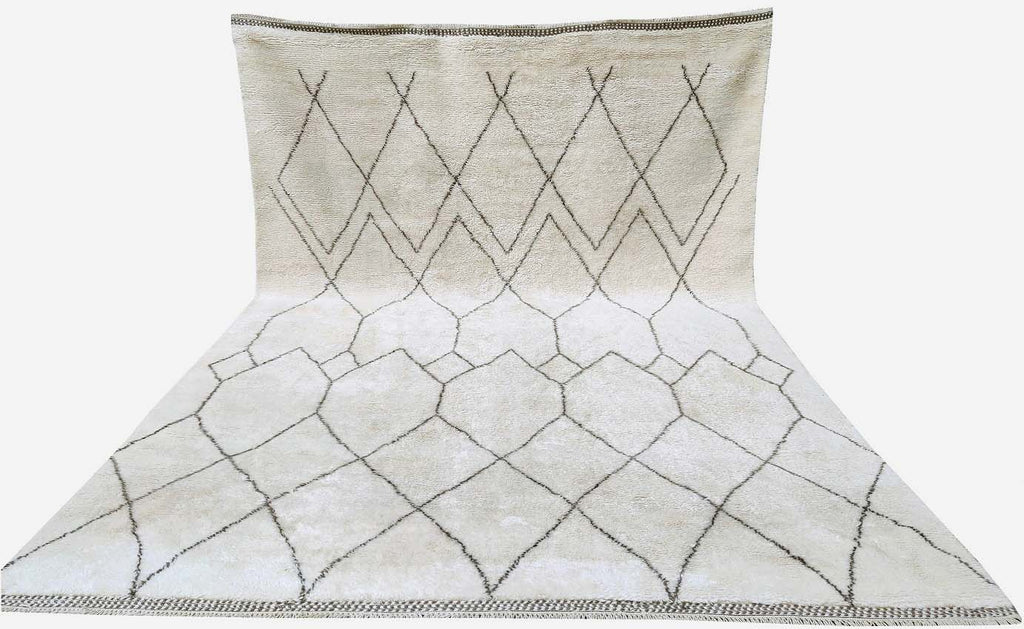Today I’m excited to share a post that is VERY overdue–I get so many questions about
my living room rug, and I’ve never had an FAQ’s post to point you guys to, so… that ends today–huzzah!
This rug is quite possibly my #1 favorite item in our home. I custom designed it in partnership with
Atlas Weavers (this isn’t sponsored by them but I was gifted the rug in exchange for an honest review), but the best news is that now YOU CAN BUY IT NOW! They just added it as an option to purchase directly on their website! How amazing is that!? So, if you’ve been wanting to buy
my exact rug, now you can!
I had been searching for an
authentic Moroccan Kilim rug forever, but hadn’t found the right one. I wanted it to be colorful but not feminine–something that was cool, stylish and bold, but not over the top. Something that really pulled our room together. I saw a rug on Pinterest (I wish I could find the original photo–I can’t now!) that had combinations of burnt orange and french blue, and knew they would be the perfect colors to bring our living room together–so I sent a note to Atlas Weavers and their lovely founder and designer, Roz–who said, “Yep! We can design something like that for you, no problem!”
It was better than I could’ve ever dreamed of–not only is the rug beautiful, but it’s very high quality, has upheld extremely well (so far–it’s been about two years!) and I really love everything the company is about! Excited to share more details on it below.
FIRST THINGS FIRST, WHAT IS A KILIM RUG?
I first discovered Atlas Weavers years back and have always swooned over their beautiful rugs–they’ve since grown to develop a full-fledged e-commerce website. (Also–they have free shipping! Do you know what a money saver that is on a big rug!?)
Authentic rugs made in Morocco:
Atlas Weavers specializes in creating bespoke Berber rugs woven by a community of women in the Atlas mountains. This special weaving technique is passed down from one generation to the next. It is truly an art form and a means of creative expression and intricate storytelling–each weaver bringing a fresh perspective, and each rug a new story to tell. No two are exactly alike! With both Berber and American roots, Atlas Weavers’ founder, Roz, first launched the company as a sidewalk vendor in New York City back in the nineties–and it has only grown from there! Talk about the American dream! ]
Giving back to the local community, fostering jobs for women, and education for children:
One of my favorite things about the company is that they don’t just make pretty rugs–they give back to the Berber community! Atlas Weavers creates jobs, reinvests in the local community, and even provides schooling so weavers’ children can learn to read and write. Each rug sold helps support these women, their families, and ensures the ancient Berber weaving tradition continues to live on from one generation to the next.
A Kilim rug is a flat weave, hand-woven, low pile rug (meaning it’s quite flat). The weaving techniques used to make Kilim rugs are rooted in quite a few places–spanning from the Middle East to Central Asia (which is why you’ll find Moroccan Kilims, Turkish Kilims, etc). They are best known for their geometric designs in bold colors, but can also feature more neutral, simple designs as well. They’re made of wool, and despite the low pile, they are still soft underfoot (at least I personally think so), and were originally created to be used as carpets or floor coverings.
HOW TO STYLE A KILIM RUG?
I often get asked, “How did you and Neal mutually agree on a design style that wasn’t too manly or too girly?” I think the right rug is really the key to finding that design harmony, and that’s why I love Kilim rugs so much. They have so much personality and bring a bit of old, a bit of new to a room. They also strike a tasteful, androgynous balance that both of you can agree on! My biggest piece of advice (and all designers will agree!) that if you find a beautiful rug you like, snap it up, and plan everything else around it! A rug is truly the heart of any room.
Kilim rugs are great pieces for any area of your house, big or small–whether it be a living room, bedroom, hallway runner–whatever. I think the coolest thing about them is that you can find a Kilim in whatever color scheme you like–from bright and colorful to neutral blacks and whites with interesting tribal patterns.
I recommend letting your Kilim do the talking, and choosing furniture and accessories that really let it shine. If you choose to go with a bright rug, you don’t really want anything else competing with it–which is why the rest of our furniture is pretty neutral–mostly whites/creams/and leather and wood accents. You can also layer your Kilim with a larger, less expensive rug (like a jute rug) for added interest–it’s a great way to make a smaller rug work for a larger room, too!
Moroccan rug motifs influenced designers such as Ivan Da Silva Bruhn and Vladimir Boberman. American Interior Designer Francis Elkins used them in some of her most notable interiors in the 1930’s and 1940’s.
By Roz,
“Language is the essence of one’s ethnicity, one’s roots”… hence the reason my father wanted me to learn how Berbers communicate. When I was in fourth grade, he sent me to live with my Aunt in the high mountains, the area now known as the Middle Atlas. As an artisan weaver, she tasked me with measuring the living rooms of her customers. With pride and curiosity, I walked heel-toe across the rooms just as my aunt had taught me. She and her artisan friends wove the finest rugs and as I watched them work the looms, sometimes pulling thread gracefully and other times forcefully, I learned not only the spoken language of the Berber, I learned the visual language.
CUSTOM MADE
For most discerning rug buyers, we fulfill custom orders for rugs produced from scratch. If you have a specific size and design in mind, please inquire.
RETURNS
Our customers have two weeks return policy, one year trading policy.













